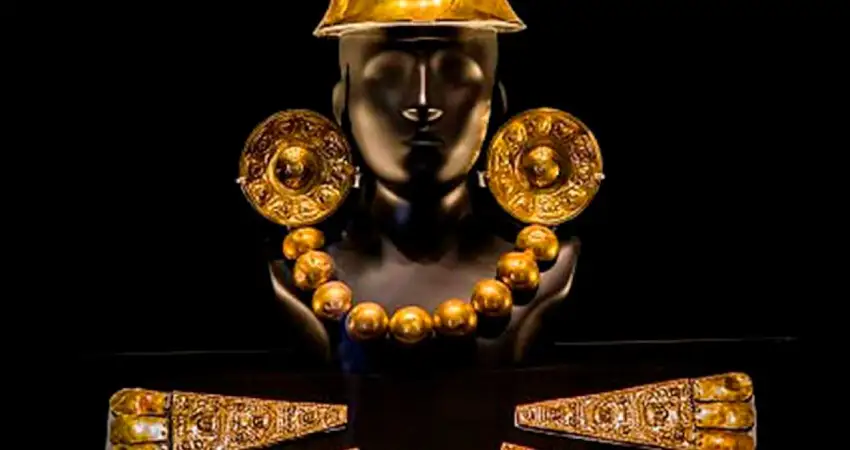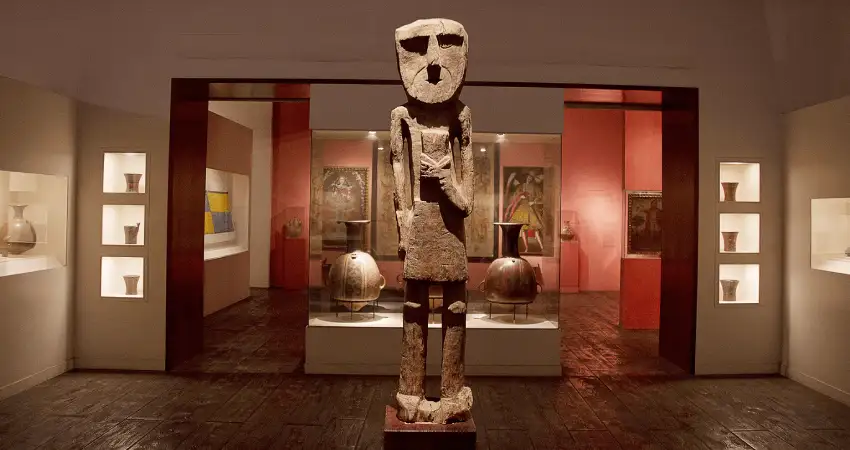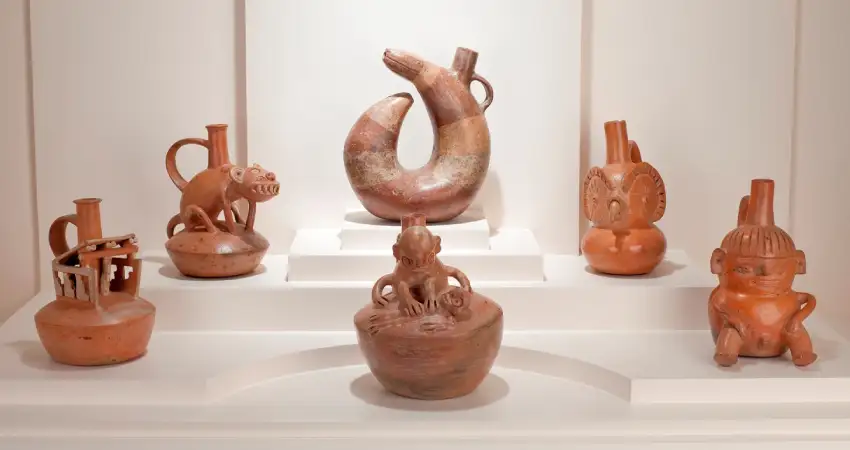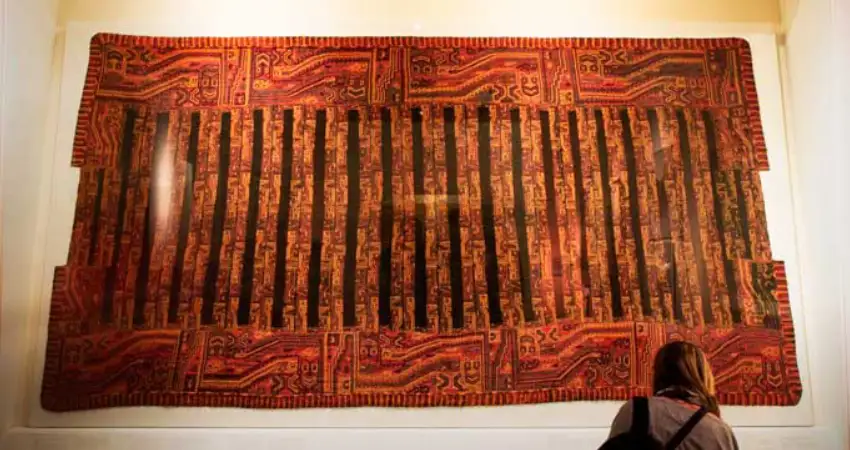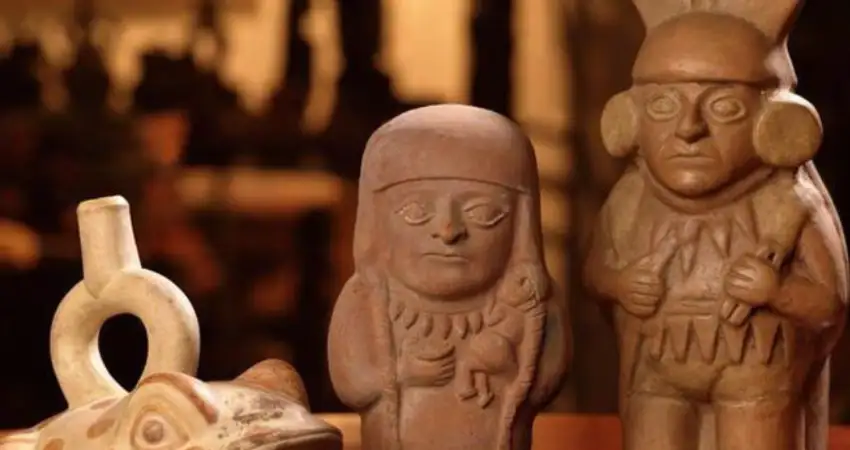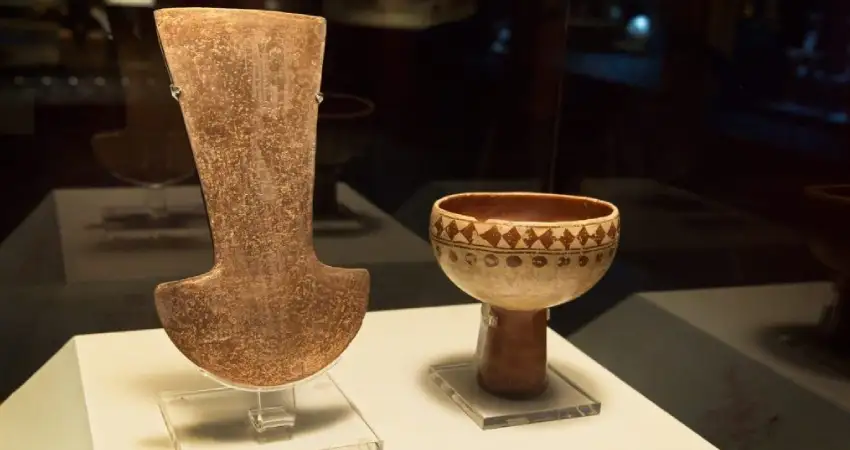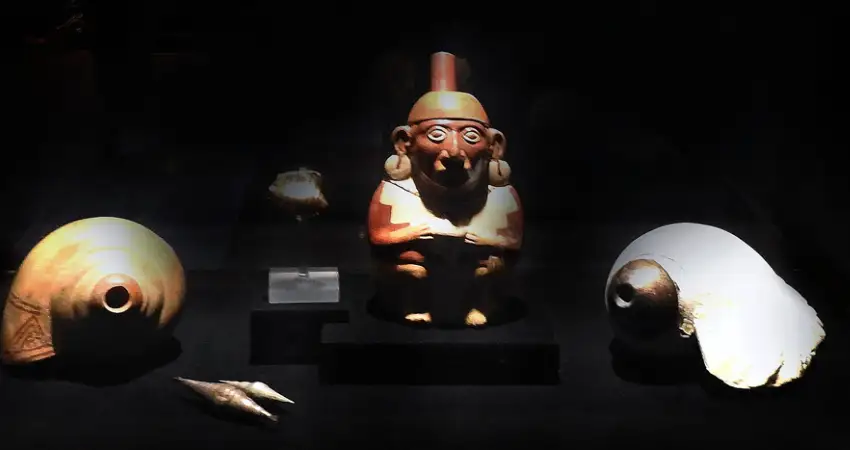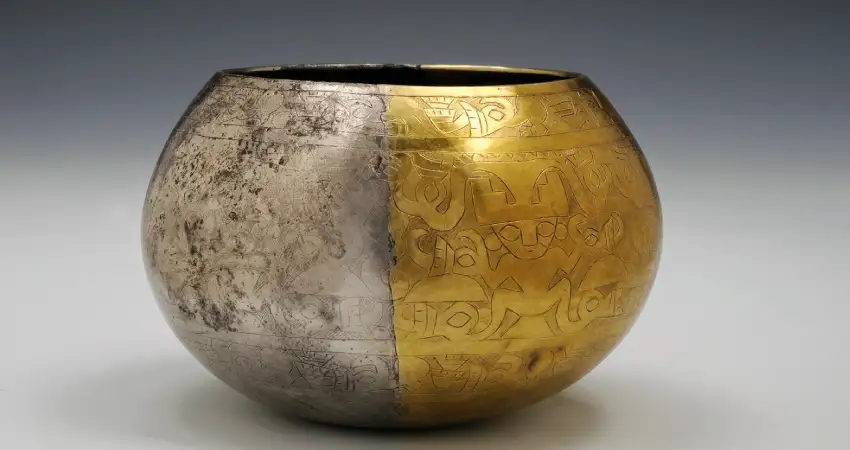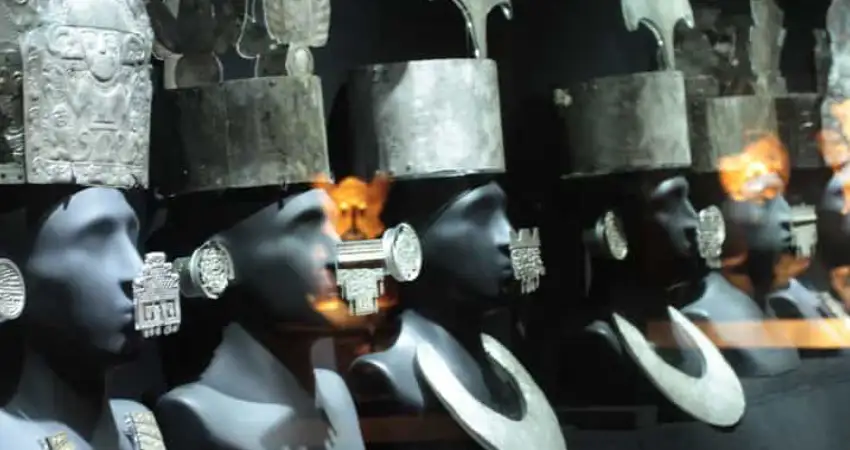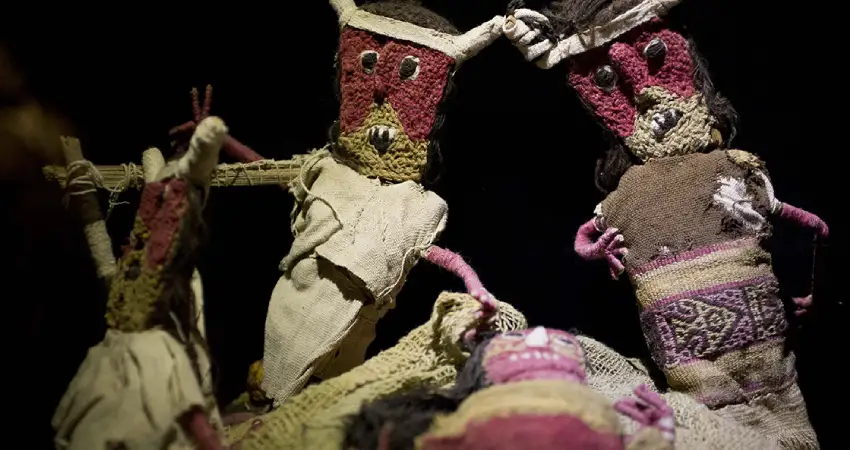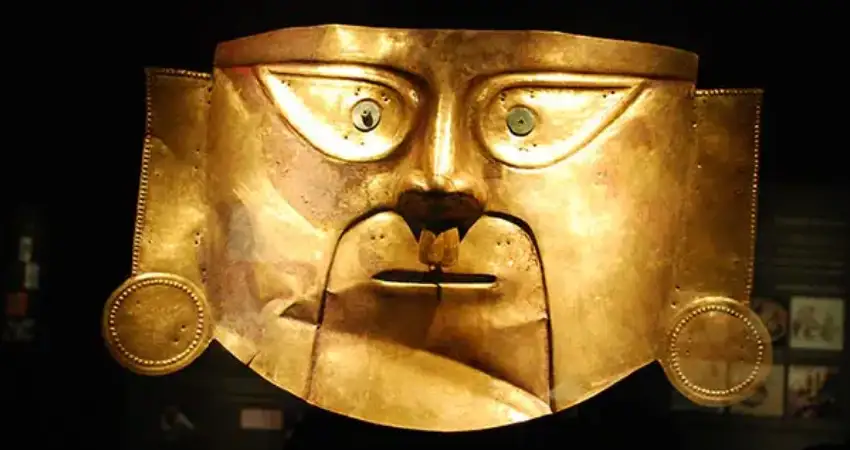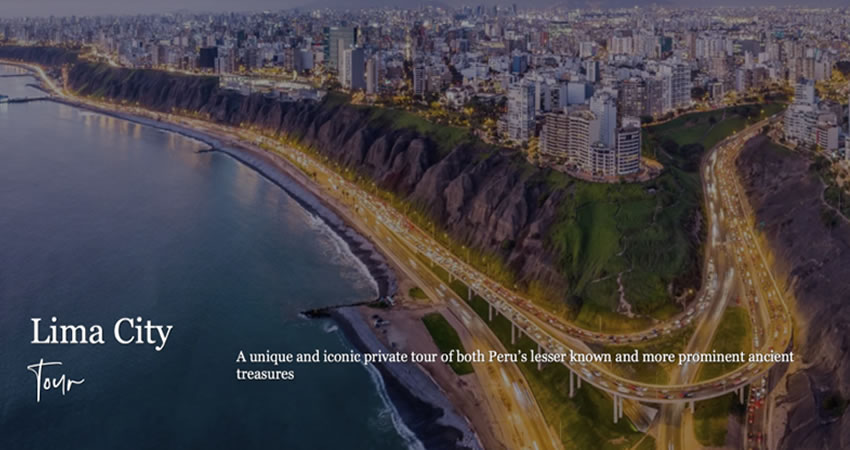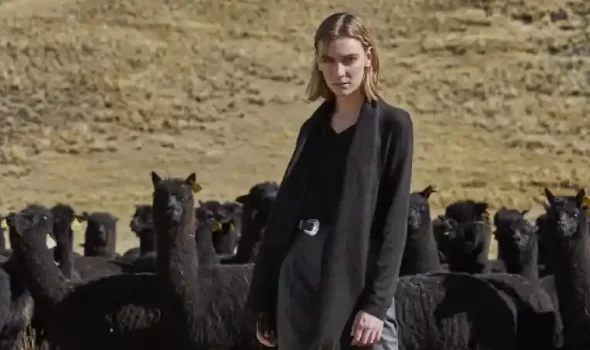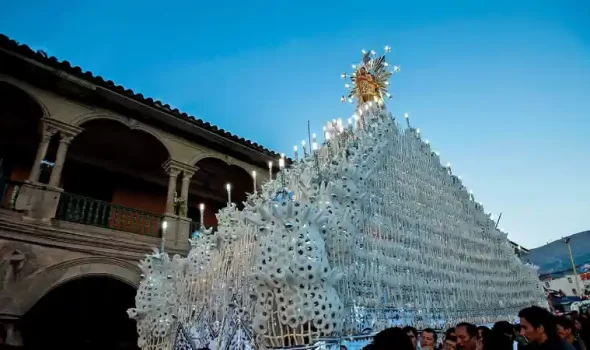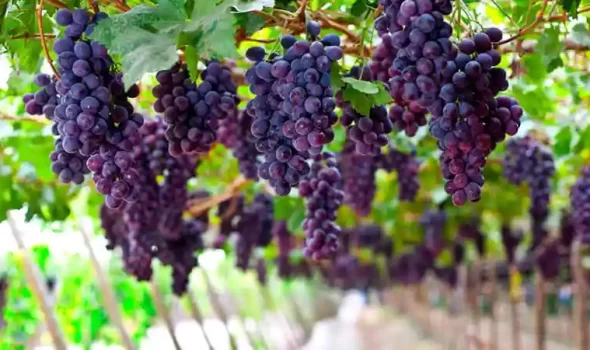1.- INTRODUCTION TO THE LARCO MUSEUM LIMA
The Larco Museum Lima is one of the most complete pre-Columbian art museums that can exist located in the district of Pueblo Libre, in Lima. It was founded in 1926 by Rafael Larco Hoylet in the historic Cueva hacienda dating back to the 18th century, the Larco Museum Lima exhibits in its galleries historical pieces of up to 5000 years of history but it started with less than that. In 1923, Rafael received a Huaco portrait from his father which began his legacy.
Thanks to its historical past and beautiful gardens, the Larco Museum Lima Peru is a place that inspires and stimulates all its visitors to learn more about the history and culture hidden in its collection of 45,000 archaeological pieces. This is also part of its mission, to enable visitors to discover and understand Pre-Columbian Peru and make their visit to the Larco Museum Lima Peru an integral experience, while the vision is to make the Larco Museum Lima a gateway to ancient Peru.
2.- H2: 2. THE PERMANENT COLLECTION
As we have already said, the Larco Museum Lima is one of the most complete museums in Peru and its collection houses many pieces of art, naturally there are some of the exhibitions that are temporary and others that are permanent and these are subdivided into multiple rooms, 13 in total to be exact and each is intended for the exhibition of a particular topic although of course all are connected and for the traveler who can visit them becomes a complete journey through time, the rooms you can visit during your visit to the Larco Museum Lima are:
2.1.- Room 1 – Introduction to history
The first room of the Larco Museum Lima is dedicated to the teaching of the complete history of Peru from the arrival of the Spaniards, a crucial moment in history in which much of the Andean belief began to change progressively. Here is shown a bit of cartography in which you can see in detail how some cultures originated and at the same time how they expanded, besides the geography that we have today, as part of the exhibition you can also appreciate tenon heads that are articles carved in stones, visiting this room is crucial to understand the history of Peru.
2.2.- Room 2, 3 and 4 – Ancient Cultures of Peru
Following our tour inside the Larco Museum Lima, we got to know the largest collection of pre-Columbian artifacts that is registered in any museum in Peru. Here you can appreciate unique elements of its kind that were used only in unique moments of religious ceremonies as some others that were more of daily use, from very ancient human settlements such as the Paijan to the last culture that faced the Spanish, the Incas. Among the main elements that you can discover in this room of the Larco Museum Lima are:
- Quenetos
- Stone mortars
- Cupisnique ceramics with anthropomorphic and zoomorphic forms.
- Virulent ceramics with a union of felines, birds and reptiles.
- Sculptures of Pacopampa
- Mochica sculptural ceramics
- Mochica portrait vases
- Wari, Lambayeque, Chimu Ceramics
- Chimu Idols
- Chincha sculpture with anthropomorphic form
- Tiahuanaco ceremonial vessels
- Ceramics Încă as kuros and arybalos
2.3.- Room 5 – Exhibition of textiles
Like ceramics or other artifacts, textiles are important pieces in the Larco Museum Lima‘s exhibits, they are appreciated for their quality and their complexity. Each one of the tapestries, blankets and ceremonial clothing offers a different technique of elaboration with different patterns and some aesthetic arrangements that characterize one culture from another, it is known that textiles as such represent more than just skill, they were mainly used to highlight religious beliefs and at the same time social hierarchies being the finest for the nobility, among the main items found in this room of the Lima Larco Museum you will find:
- Mochica brocade
- Chimu and Lambayeque textiles
- Lambayeque funerary costume
- Chincha and Paracas mantle
- Textile elements
- Inca Quipu
- Tunica and feather panel Nasca – Huari
2.4.- Room 6 – A sample of syncretism
During the arrival of the Spaniards there was a very important event that was called “Extirpation of idolatries”, basically consisted in identifying all the elements that were sacred to the Andean people and began to destroy them with the intention of superimposing the European belief on the Andean, It is for this reason that articles were created that captured this in history, the process of the mixture of both cultures was called syncretism in which they began to create myths and legends involving Andean aspects with Christian appearance, some of the samples of this syncretism that you can find in the Lima Larco Museum are:
- Portrait of Manco Capac with Coat of Arms
- Capac Inca Cradle
- Genealogy of the Incas
- Virgin of Candelaria
- Portrait of Calvary
- Angel Harquebusier
- Mochica pottery with image of bird warrior
- Portrait of baby Jesus with maskaypacha
| “Traveling is like loving, it is trying to transform a dream into reality.” |
2.5.- Room 7 – Elements of sacrificial rituals
Many of the pre-Columbian cultures associated their beliefs with multiple gods, in some cases venbolent gods that could be worshipped with small ceremonies or simple offerings, on the other hand there were also some that were more sinister so the only accepted offering was a human sacrifice. The main culture that showed this characteristic were the Mochica who had in their belief that the sacrifice represented the action of giving and the result of this was to receive something in return. Among the main elements of sacrifice that can be found in this room of the Larco Museum Lima Peru you will find:
- Mochica sacrificial ceramics
- Representation of Mochica warriors
- Mochica battle elements
- Mochica ritual combat
- Representation of bird warrior with anthropomorphic form
- Jar with feline form
- God with owl headdress
- Moon goddess
- Defeated warrior
- Mochica ceremonial knife
- Mochica sacrificial knife and cup
2.6.- Room 8 – Ritual elements
One of the most abundant items in the Larco Museum Lima collection is undoubtedly the ceremonial vessels. These were used during rituals associated with fertility, sacrifice and worship of the deceased. In each of these rituals the use of liquids as an exchange or as an offering was important and vital, for this reason the containers of these liquids must have been equally valuable. Of course, through time different elements were used to make them, from clay, wood and of course metals such as gold and silver. Inside the Lima Larco Museum you can find some of the most representative ceremonial vessels like:
- Chimu ceremonial bowl
- Chimu ceremonial cups
- Ceremonial Cup
- Ceremonial containers
- Chimu gold and silver vessel
- Lambayeque ceremonial vessel
- Chimu ceremonial bowl
2.7.- Room 9 – Time of war and celebration
This room of the Larco Museum Lima is destined for the exhibition of one of the most important moments within the cultures, its expansion in great part was given by the conquest of new places and mostly occurred after a battle or war that gave power to the victor. For this, various elements were generated to be used during this time such as armor, weapons of war, ornaments and others. In the same way unique instruments that were used for the moments of celebration. Among the most representative are:
- Cluba heads
- Mochica back protectors
- Mochica copper rattles
- Chimu silver rattle knives
- Golden copper shirt
- Silver shirt
- Ceremonial trumpet – Pututo
- Panpipes
- Mochica Warrior Dance
2.8.- Room 10 – Death Cult
As it is already known within the Andean belief, death did not represent an end at all, but on the contrary, it was similar to an ascension to a divine state. In fact many of the cultures decided to bury their dead with different offerings, in the case of people belonging to the nobility were buried with many riches and offerings more significant because it was understood that beyond life there was a new beginning and these riches would help them to continue in a simple way, inside this room of the Lima Larco Museum can be found:
- Chimu miniature funerary offering.
- Lambayeque ceremonial scepter
- Funerary ritual
- Deformed and trepanned skulls
- Chavin funerary offering
- Huari funerary package
2.9.- Room 11, 12 and 13 – Wealth represented in gold and jewels
One of the main aspects of the rulers in each culture was their power represented in the fine textiles and at the same time in the abundant jewels they had. For them, jewelry and gold were not precious in terms of trade, but had a more religious meaning and linked to belief. One of the cultures that had a greater control over this material were undoubtedly the Mochica, who also possessed the purest gold of all cultures, in the case of the Incas it was discovered that it was mainly alloys with other minerals such as silver, copper, zinc and others. This is undoubtedly the richest room of the Larco Museum Lima Peru and what is exposed is:
- Necklaces, belts, bracelets and silver rings.
- Chimu silver ear ornaments
- Chimu avocado nose ornaments
- Vicus avocado nose ornaments
- Mochica avocado ear ornaments
- Vicus funerary attire
- Lambayeque silver-gilt clothing
- Breastplate
- Chimu silver crowns and ornaments
- Chokers
- Chimu funerary costume
One of the main aspects that stand out in some cultures is the eroticism, the carnal desire that exists between people, reached the point of admiration that even represented in ceramics and being a very curious aspect by the fine finishes. These elaborated works belong to diverse cultures and give a general vision on the sexuality and Andean belief, these erotic ceramics are exposed with an educational purpose mainly, its collection is one of the most complete and curious for what this room of the Lima Larco Museum is one of the most visited.
3.- A PLACE WHERE HISTORY LIVES
“Visiting the Larco Museum Lima for many means a trip back in time because it represents to know more about the cultures that once embodied their traditions that still exist and are practiced today. Each step inside the museum is like changing between seasons and discovering from the versatility of the use of textiles to the impeccable handling of gold.”
4.- IMPORTANT DATA FOR VISITORS
| OPENING HOURS OF LARCO MUSEUM LIMA | |
| Monday to Sunday | From 09:00 am to 19:00 pm |
| December 24th, 25th, 26th and January 01st | From 09:00 am to 18:00 pm |
| Address | Av. Simon Bolivar 1515, Pueblo Libre – Lima |
| Phone Number | +51 (1) 461-1312 |
| Website | www.museolarco.org |
| UPDATED PRICES FOR LARCO MUSEUM LIMA | |
| Adults | s/ 40.00 peruvian soles |
| People over 60 years old | s/ 30.00 peruvian soles |
| Students and children under 17 years old | s/ 20.00 peruvian soles |
| Children under 8 years old | Free admission |
Your trip will definitely not be complete if you don’t include some time to visit the Larco Museum Lima, it is the best way to start the tour before reaching the Andes. Auri Peru can organize something special for you and customize your adventure, contact us now and start planning your next trip in 2024.
“If you don’t know where you’re going, any road will get you there.”




